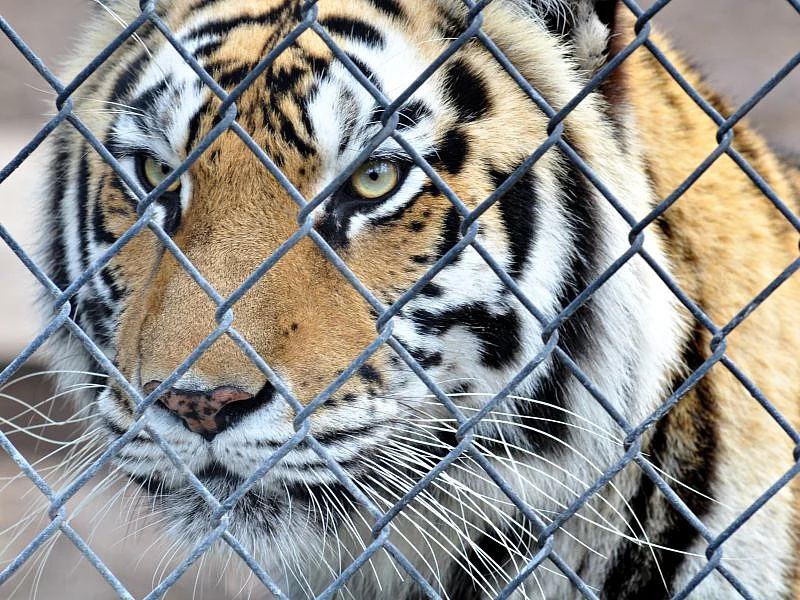Zoo Study Finds Animal DNA Floating in Air

FRIDAY, Jan. 7, 2022 (HealthDay Information) – Get a whiff of the air in a zoo and you could breathe in the animals’ DNA – not just the smell of the meals they consume or their squander, a new study indicates.
Sampling the air from community zoos, two groups of scientists gathered enough DNA to identify the animals close by. They say their study could perhaps turn out to be a valuable, noninvasive device to observe biodiversity.
“Capturing airborne environmental DNA from vertebrates tends to make it achievable for us to detect even animals that we can’t see are there,” explained researcher Kristine Bohmann, head of the staff at the College of Copenhagen in Denmark.
Even though terrestrial animals can be monitored by trail cameras or checking for footprints or feces, a downside to these solutions is they can include intensive fieldwork and call for the animal to be bodily present.
This “environmental DNA,” or eDNA, is a nicely-proven procedure made use of most routinely to keep track of aquatic organisms by sequencing eDNA from drinking water samples.
“Compared to what people today come across in rivers and lakes, checking airborne DNA is truly, truly tough, simply because the DNA would seem tremendous diluted in the air,” explained Elizabeth Clare, lead researcher of the Queen Mary College of London staff. “But our zoo scientific studies have nonetheless to fail for unique samplers, genes, areas, and experimental strategies. All of it labored and incredibly nicely,” explained Clare, who is now at York College in Toronto.
The two teams published their “evidence of concept” investigate Jan. six in the journal Recent Biology.
Every single staff done its individual scientific studies at a community zoo, gathering samples in both walled-in spots like the tropical property and indoor stables and outside, open up-air enclosures.
To obtain airborne eDNA, the Copenhagen staff made use of a lover, like one particular made use of to neat down a computer system, and hooked up a filter to it. The lover attracts in air from the zoo and its environment. This could have genetic substance from breath, saliva, fur or feces, though the exact resource has not been decided.
Just after air filtration, they extracted the DNA from the filter and made use of PCR amplification to make a large amount of copies of the animal DNA, the scientists explained. They processed the tens of millions of DNA sequences and when compared them to a DNA reference database to identify the animal species.
The samples have forensically small quantities of DNA, Clare explained in a journal news release.
Clare’s staff detected DNA from 25 species of mammals and birds from inside the zoo and wildlife close by. Bohmann’s staff detected 49 non-human vertebrate species, including mammal, fowl, reptile, amphibian and fish species.
It is really coincidence that scientists in two areas came up with the same idea at the same time, but just after looking at every single other’s posts on a preprint server, the two teams made the decision to submit their manuscripts to the journal jointly.
“We made the decision we would rather take a bit of a gamble and say we’re not eager to compete on this,” explained Clare. “In point, it really is such a ridiculous idea, we’re superior off having unbiased confirmations that this performs. Both of those groups are quite eager to see this procedure establish.”
Much more details
The U.S. Section of Agriculture has more on wildlife investigate.
Supply: Cell Push, news release, Jan. six, 2021
Cara Murez

Copyright © 2021 HealthDay. All rights reserved.
SLIDESHOW
When Animal (Allergies) Attack: Pet Allergy Signs, Treatment method
See Slideshow

